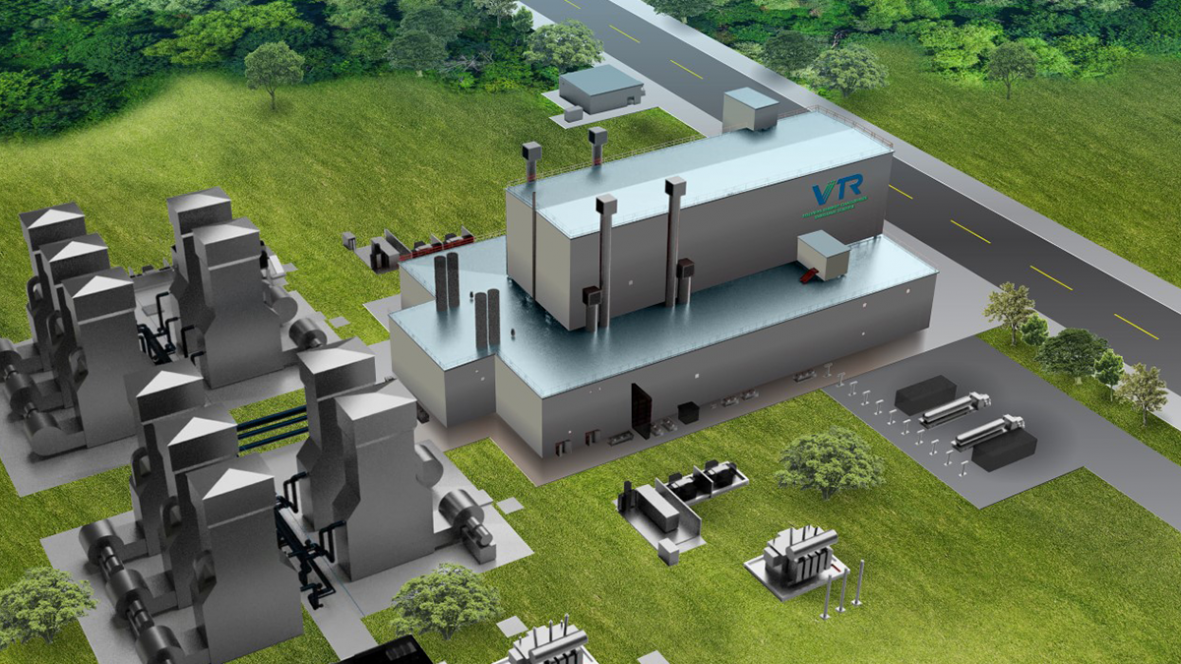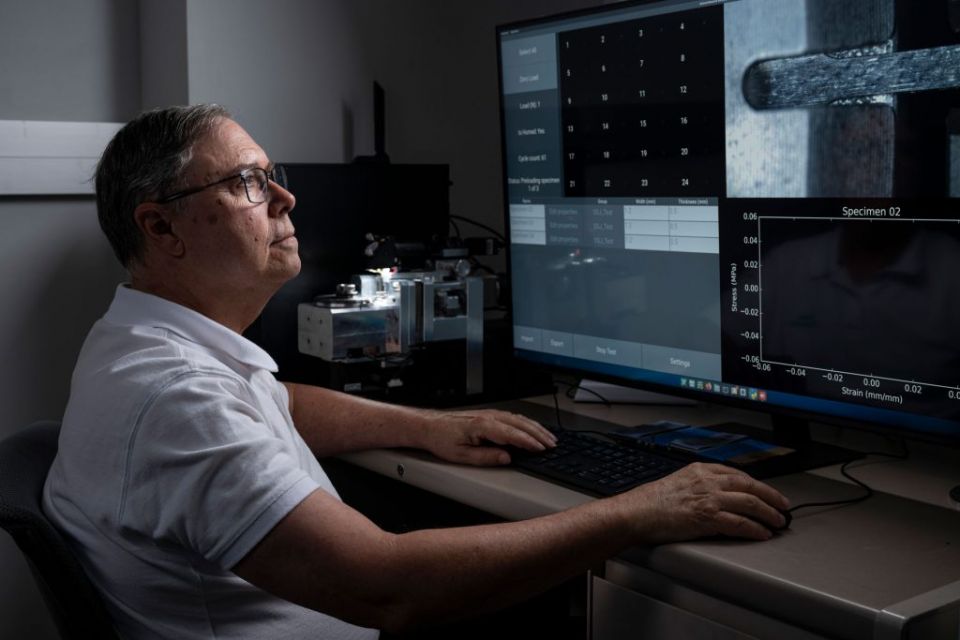The special issue provides a current view of VTR design, which is at the end of its conceptual design phase. It includes 21 articles that cover an array of engineering topics and technological considerations. With this special issue, INL aims to give a comprehensive view of the complex VTR system, including some of its planned facilities and their current technical status.
If appropriated by Congress, the state-of-the-art, 300-MW sodium-cooled VTR would be the first fast-spectrum test reactor to operate in the United States in nearly three decades, accelerating America’s advanced nuclear energy research and development by enabling the research community to test nuclear materials ten times faster than current technology allows. Dozens of U.S. companies looking to build advanced reactors with unique capabilities, such as passive safety systems and spent fuel recycling, would benefit from access to the VTR.
“A diverse set of design options will be invaluable in helping us make nuclear energy universally affordable, equitable, and reliable,” said Piyush Sabharwall, a senior research scientist at INL. “R&D infrastructure must be able to support the progression of a range of reactor designs with different characteristics.” He added: “Even though its mission is focused on irradiation tests, it is anticipated that this experimental facility will have a multipurpose mission for its expected operational lifetime.”
The U.S. Department of Energy’s Office of Nuclear Energy announced the VTR project in 2019 with the aim of developing high-flux and high-energy neutron irradiation capability. The VTR entered the engineering design and construction phase in September 2020 and is slated to be online within a decade.
“The VTR project will enable the DOE to modernize its nuclear energy research and development infrastructure, helping the United States regain its position as a leader in nuclear science and innovation,” said Craig Piercy, ANS Executive Director/CEO.
Fast-spectrum testing currently exists only in Russia; China is also rapidly developing similar capabilities. Developing a domestic VTR would have several important benefits for the U.S. nuclear energy industry:
Enhancing the global competitiveness of the U.S. nuclear energy industry.
Promoting nuclear safety and security.
Helping the U.S. more effectively collaborate with international nuclear energy partners.
Easing test scheduling constraints and enhancing flexibility in testing objectives, greatly expanding the types of tests that could be conducted.
“Access to the VTR will motivate a new generation of nuclear scientists and engineers,” said Sabharwall. “Not only does it support science interests at large, but the ability to perform high-energy-neutron experiments over large test volumes will foster the development of new designs beyond those already under consideration.”
The VTR special issue – or Nuclear Science and Engineering Volume 196, Supplement Issue (2022) – and its table of contents can be viewed here in its entirety. The foreword to the “Special Issue on the Versatile Test Reactor” can be read here.









